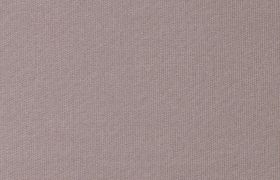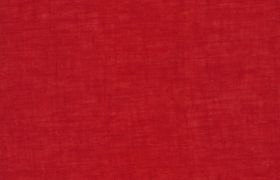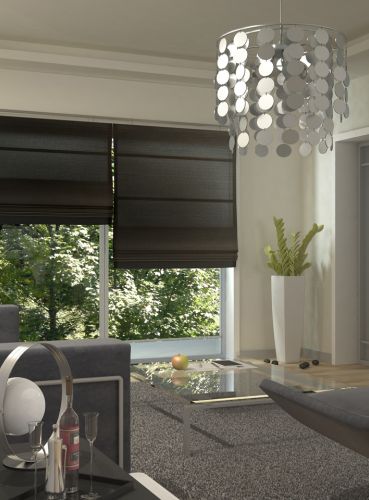Roller blinds installed indoor are usually made of fabric. They are raised and lowered by winding, on a shaft with an internal spring, using a string, a chain or an electric motor.
Blinds require little space for installation – it is a perfect solution for all interiors with no room for curtains. They can be mounted to the ceiling, wall or window frame with the use of special brackets. Blinds can serve as net curtains (if made of a light, transparent fabric) or curtains (if made of a thicker lined fabric e.g. blackout). When deciding on blinds, it is important to choose fabrics with high resistance to sunlight. Also, proper care is highly important: some materials cannot be treated with water e.g. silk can be dry-cleaned only. In spaces particularly exposed to soiling e.g. kitchens, it is better to choose a fabric that can be washed.
It is important to select relevant fabric width (note that if the blind is wider than 130 cm, multiple fabric pieces will be sewn together).
We offer several types of blinds, including Roman, Austrian and Venetian.
ROMAN BLINDS
Roman blinds are a very fashionable and elegant window decoration. They block out the sun and can be used in almost any interior. They are well suited for all kinds of decor: from modern and minimalist to classic and rustic. The choice of colour and pattern depends on the ambience of the interior. When slid down, Roman blinds form straight, horizontal, parallel folds, with or without rods.
VENETIAN BLINDS
Venetian blinds are a perfect solution for decorative style enthusiasts. When raised, they form decorative puffs and when lowered – they look similar to a traditional curtain. If made from a transparent fabric, they can replace net curtains. If a less transparent fabric is used, they can serve as curtains. Note that the blinds themselves are very decorative, so make a well-thought-out choice of the pattern. Venetian blinds are suitable for historical and classical interiors.
AUSTRIAN BLINDS
More decorative than Venetian blinds, Austrian blinds are creased along their length and width. They form a spectacular “frame” around the window, but require large amounts of fabric.

































